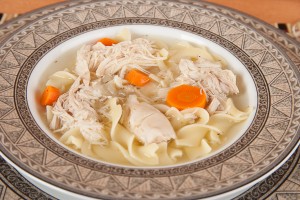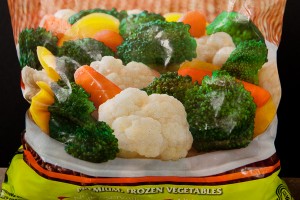18 Common Food Myths
There are many myths and legends surrounding foods Americans eat. Some have even become political. Food manufacturers have become so powerful and spend millions of dollars funding candidates that conform to their way of thinking regardless of the health consequences to consumers. One example is Myth number 1. Thanks to heavy lobbying by food manufacturers, the United States Congress has classified tomatoes as a vegetable allowing pizza to be served in public schools because tomato sauce provides a serving of vegetables. Nowhere in the U.S. Constitution does it say intelligence is a requirement to be elected to Congress. After all, the United States has some of the best politicians money can buy.
Here are 18 common food myths:
Myth 1. Tomatoes Are A Vegetable
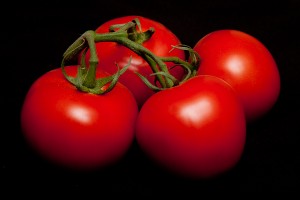
Tomatoes are a fruit and a member of the nightshade family. It may seem odd topping pizza and pasta with a fruit sauce or a green salad with fruit, but that’s the way it really is.
Myth 2. Corn Is A Vegetable
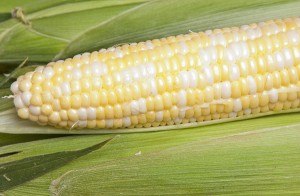
Corn is a grain like wheat, rice, and barley and has been used a a grain for 1000’s of years. Masa and corn flour has are used for tortillas and tamales. Corn oil is classed as a vegetable oil, to distinguish it from animal based oils.
Myth 3. Peanuts Are a Nut
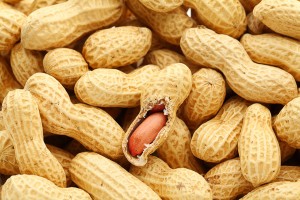
Peanuts are legumes like beans and lentils. Nuts grow on trees and the term tree nuts is used more often these days to distinguish true nuts from peanuts. Peanuts grow underground like potatoes.
Myth 4. Vitamin C Can Prevent Colds

Recent, published, research studies don’t bode week for the vitamin C cold prevention myth. The studies show vitamin C neither prevent colds, or lessens their severely. Regardless of that finding, vitamin C is an essential vitamin. The best source is citrus not citrus juice which is high in calories and sugar, and low in fiber.
Myth 5. Eating Celery Burns More Calories Than You Consume

There are people who want you to believe some foods, like high fiber celery has negative calories. The truth is celery is high in water and fiber with about 10 calories per 60 g (2 oz.) serving. It is a good snack whether or not you are trying to lose weigh. Go easy on peanut butter, cream cheese, and dips that are high in fat and calories.
Myth 6. Legumes Must Be Eaten With Grains For Complete Protein
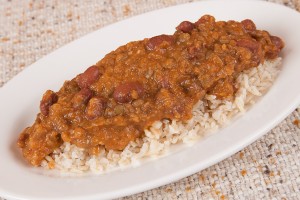
Eating a variety of protein rich foods throughout the day will provide all nine essential amino acids your body needs. Nearly all foods with protein contain 20 amino acids and the 9 essential amino acids you’re body can’t make. The concern is the qualities of the 9 amino acids. Some foods, meats versus vegetables, are better sources than others.
Meat, fish, poetry and dairy are complete sources of protein. Some plant proteins are also complete like garbanzo, black beans, quinoa, turnip greens, and soy. Other plant foods have only small amounts of one or more essential amino acids. Combining beans with rice assures getting all 9 essential amino acids.
Beans and legumes are also nutritional powerhouses, high in protein, fiber, B vitamins, iron, potassium, and other minerals, while low in fat.
Myth 7. Raw Carrots Are More Nutritious Than Cooked

Cooking actually increases carrot’s nutritional value! Boiling, baking, or roasting breaks down the tough cellular walls that encase the beta-carotene bring out the natural sweetness of carrots. The slightly bitter taste of some raw carrots disappears during cooking.
Myth 8. To Minimize Fat and Calories, Always Remove The Skin Before Cooking Chicken
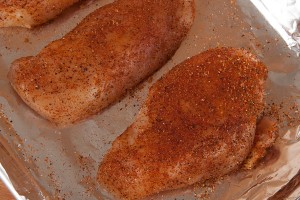
Baking, broiling, grilling, or roasting poultry with the skin intact helps preserve its natural juices. Cook poultry with the skin, and then remove it before serving to reduce fat and calories.
Myth 9. Avoid Eggs Because Of Their High Cholesterol Content
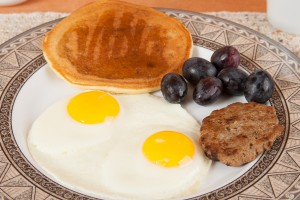
Eggs have been demonized for years. The latest research shows that eggs don’t actually contribute to high blood cholesterol. In fact, eggs are an inexpensive source of many nutrients, including zinc and iron, antioxidants lutein and zeaxanthin, vitamin D, and the brain-boosting chemical choline. Eggs whites are also a good source of protein.
To maintain healthy blood cholesterol, limit saturated fat in your diet.
Myth 10. Less Carbs Are Healthier
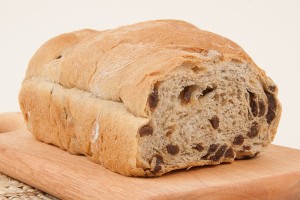
Choosing the healthiest carbohydrates, especially whole grains, is more important to your health and well-being than the myths about completly eliminating refined flour and starchy vegetables from your diet.
At least seven major studies show that women and men who eat whole grains have 20 to 30 percent less heart disease. Separately, in a 2010 study of more than 13,000 adults, those who ate the most servings of whole grains had lower body weight.
Myth 11. Using Margarine Instead of Butter Saves Calories
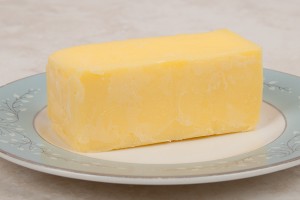
Butter and regular margarine not margarine spreads have about the same amount of calories; 100 calories per tablespoon (14 g). But while margarine, made from vegetable oils, was created as a more healthful alternative to butter (which contains cholesterol and saturated fat), some margarines are actually unhealthier than butter because they contain trans fat that are proven to increase cholesterol and your risk of heart disease. If you choose margarine, look for trans fat-free brands.
Myth 12. Nuts Are as Bad as Junk Food
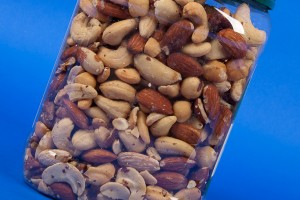
Nuts are excellent sources of protein and other nutrients, as long as you keep servings to an ounce (28 g) or two per day. One ounce of nuts has about 160 calories.
Harvard University researchers found that women who ate nuts about five times a week were 20 percent less likely to develop type-2 diabetes than those who didn’t eat them as often. Additionally, several large studies have found that a regular intake of nuts protects against heart disease.
Tree nuts like almonds, walnuts, chestnuts and others are traditionally served after a meal in Italy along with fresh fruit. Again, it is an example of eating like southern Italians have been eating for 100s of years instead of the standard American diet of high calorie, high fat desserts.
Myth 13. The MSG In some Chinese Dishes Can Trigger Headaches and Other Reactions.
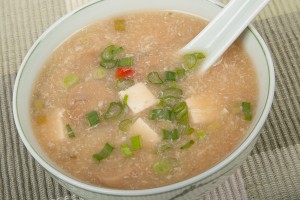
It probably is not the monosodium glutamate which is added to 100s of processed foods. If you have an adverse reaction after eating Chinese foods it may be a reaction to histamine, tyramine, and phenylethylamine.
Myth 14. People With Diabetes Have To Give Up Sweets

In moderation, an occasional sweet treat is fine. Cookies and cakes are better than high sugar sweets like candy and even some breakfast cereals.
The key to maintaining healthy blood glucose levels is balancing meals and snacks to provide a mixture of carbohydrates, fats, and proteins to slow down the absorption of glucose.
Myth 15. Spicy Foods Gives You Ulcers



